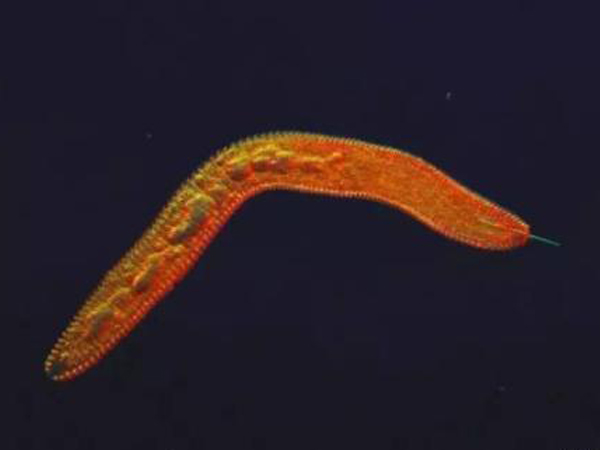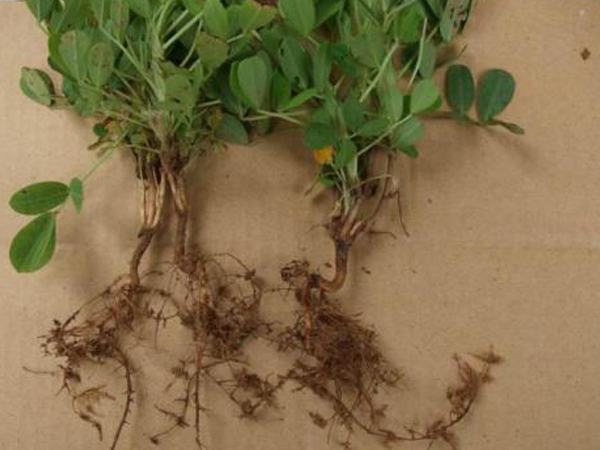Researchers at the forestry college of human university of science and technology measured the virulence of
Imidacloprid on the second instar larvae of Caenorhabditis elegant, c. cheng's nematodes, c. bercei's nematodes, c. pinewood nematodes and decaying stem nematodes under different mass concentrations and time.

The results showed that the flower rooting nematodes were the most sensitive to
Imidacloprid agents and the decaying stem nematodes were the least sensitive. At the mass concentration of 100 g/L, the mortality rate of Imidacloprid was 91.00%, 65.70%, 45.70%, 44.00%, and 9.67%, respectively, after 48 hours of treatment. The inhibition rate of egg incubation was increased with the concentration of the drug.

By the end of September 2018, China had approved 4
Imidacloprid products (all of which are compound agents with
Abamectin) to register and control plant nematodes disease, and registered crops and control objects include rooting nematodes, small tigers, grubs, mole cricket, shellfish grubs, and tomato root-knot nematodes.


